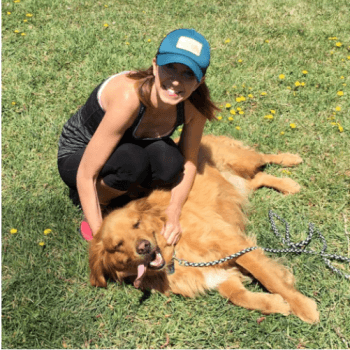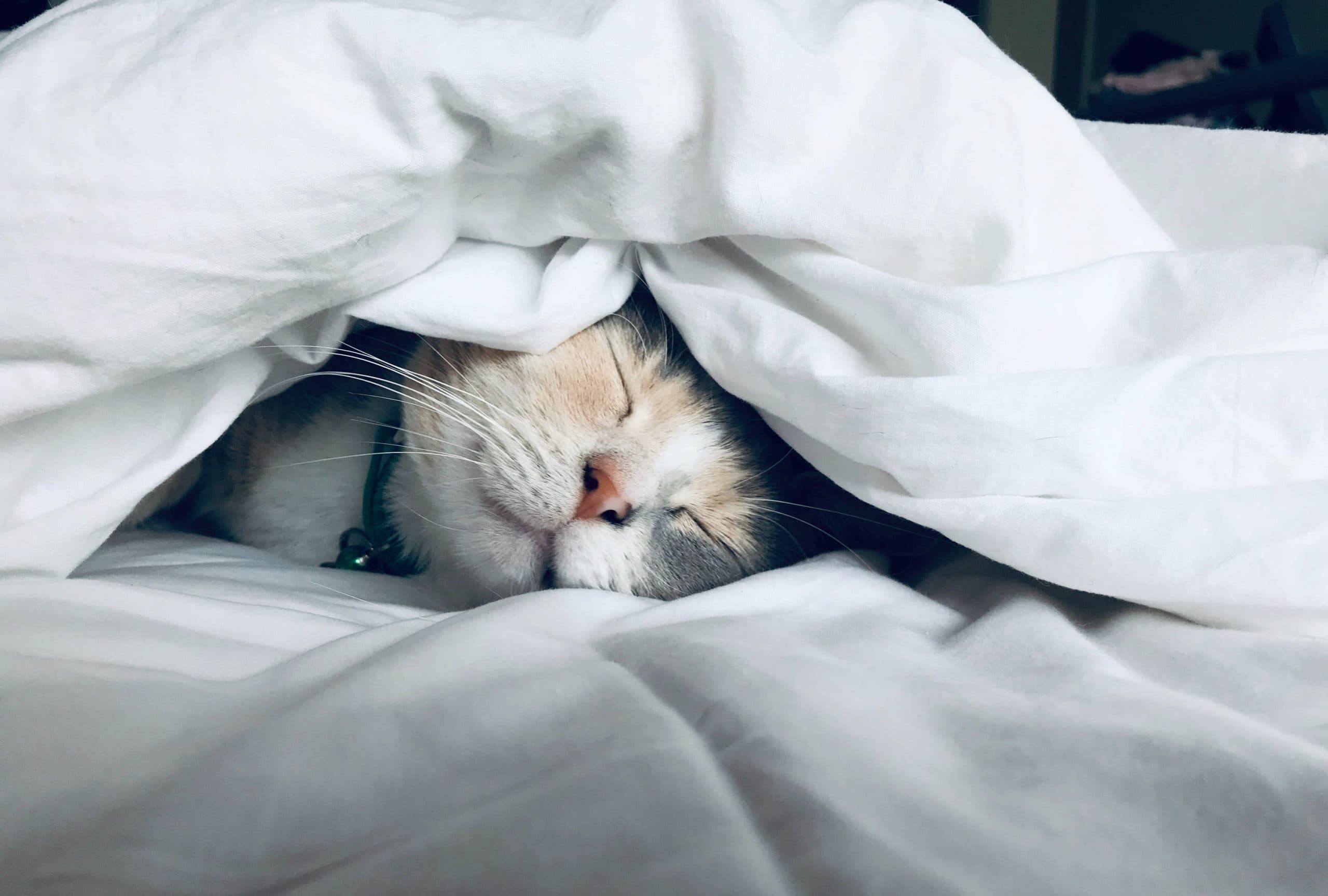If you’re reading this, we’re guessing you occasionally have trouble getting enough shut-eye at night. Well, join the bleary-eyed, exhausted crowd. A whopping 75% of adults in the U.S. have difficulty falling asleep, wake up too early, or both. And the older we get, the more unattainable a great night of sleep feels. Fortunately, we have three simple solutions for a more satisfying slumber.
1. Chill out
The human body’s core temperature can vary by a couple of degrees throughout the day, peaking in the late afternoon and dipping to its lowest point between midnight and 4am. Sleep researchers say that when your temperature starts dropping for the night, it helps you fall asleep more easily, but many people have trouble getting cool by bedtime, and the problem tends to worsen with age.
One solution that might seem counterintuitive is taking a hot shower before sliding between the sheets. In addition to relaxing tense muscles, warm water actually cools you down when it evaporates off your skin. Exercising several hours before bedtime has a similar effect. Yes, you get hotter than you were before, but you also cool down to a lower than normal temp in the following hours.
Your home temperature matters, too. Make sure you’re sleeping under a light layer and turn your thermostat down to 65 degrees F or lower. Keep a blanket at the foot of the bed in case you start to feel too cool.
2. Embrace the dark side
If you have trouble falling asleep most nights, try getting into bed with a book and dimming the lights in your room a full hour before bedtime. Your body’s internal clock takes its cues from light, and if it isn’t in synch with your daily schedule the quality of your sleep will end up suffering. Light prevents the pineal gland in your brain from producing melatonin, the hormone that regulates your internal rhythms and makes you feel sleepy. That’s essentially the reason most people feel more energetic and awake on sunny days than on overcast ones. Dimming the lights earlier will trigger your body to produce more melatonin by bedtime and help you fall asleep faster.
Similarly, if you tend to wake up in the middle of the night and have a hard time getting back to sleep, your daily cycle is probably peaking too early. Try avoiding bright light in the morning and getting some extra rays late in the afternoon to shift your cycle forward a bit.
3. Be like Goldilocks
Too firm, too soft, or just right? Your pillow does some seriously heavy lifting by cradling your head all night. If you find yourself adjusting your pillow or waking up with a stiff neck, it might be time to go shopping for a new one.
If you’re a side sleeper or a back sleeper, opt for a firmer, higher pillow that doesn’t compress much when you’re sleeping. Most polyester fills flatten noticeably after repeated use, but synthetic and latex foams stay springy for years.
If you sleep on your stomach, use a down pillow that flattens significantly. If that isn’t comfortable, try no pillow at all. Keep in mind that if you wake up with a headache or sniffles, you may be allergic to down feathers or sensitive to latex or synthetics. Try switching materials.
Equally critical to a restful night is your mattress. Remember being in elementary school and squirming on your chair, waiting for the bell to ring? You were restless for a reason: That hard chair put a lot of pressure on your rear end. A mattress that’s too firm can have the same effect.
A good mattress will offer just the right balance between support and comfort. To find out if your mattress is too stiff, try placing a spare comforter under your top sheet tonight. If the extra padding helps you sleep more comfortably, look for a mattress topper that adds an inch or two of padding. We personally love this affordable eggcrate foam version, but there are thousands of other options out there.
Above all, don’t stress out about your lack of sleep, because that anxiety will just keep you from being able to wind down the next night. If you find yourself reading this in the wee hours of the morning, go back to the beginning of our challenge series and try some progressive muscle relaxation. And remember that every morning brings a new day, and another chance to achieve a dreamy night of slumber.


